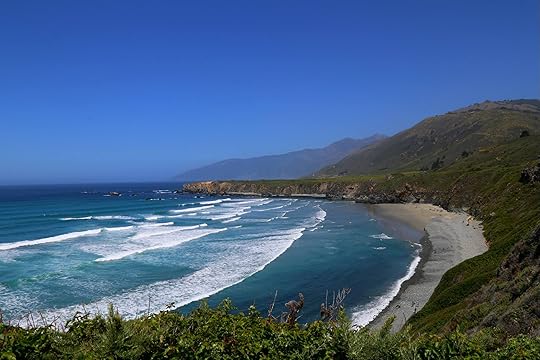What do you think?
Rate this book


NATIONAL BESTSELLER
"Neely’s naturalist, erudite work will appeal to readers of Thoreau’s Walden and Edward Abbey’s Desert Solitaire." —Publishers Weekly
"Rich in little-known history. . . Up the Santa Barbara and San Luis Obispo county coasts, then inland into the Salinas Valley to Monterey Bay. Somewhere along here, the owl moons and woodpeckers do something you might not have thought possible in 2019: they make you fall, or refall, in love with California, ungrudgingly, wildfires and insane housing prices and all . . . What a journey, you think. What a state."—San Francisco Chronicle
In Alta California, Nick Neely chronicles his 650-mile trek on foot from San Diego to San Francisco, following the route of the first overland Spanish expedition into what was soon called Alta California. Led by Gaspar de Portolá in 1769, the expedition sketched a route that would become, in part, the famous El Camino Real. It laid the foundation for the Golden State we know today, a place that remains as mythical and captivating as any in the world.
Neely grew up in California but realized how little he knew about its history. So he set off to learn it bodily, with just a backpack and a tent, trekking through stretches of California both lonely and urban. For twelve weeks, following the journal of expedition missionary Father Juan Crespí, Neely kept pace with the ghosts of the Portolá expedition—nearly 250 years later
Weaving natural and human history, Alta California relives his adventure, tells a story of Native cultures and the Spanish missions that soon devastated them, and explores the evolution of California and its landscape. The result is a collage of historical and contemporary California, of lyricism and pedestrian serendipity, and of the biggest issues facing California today—water, agriculture, oil and gas, immigration, and development—all of it one step at a time.
432 pages, Kindle Edition
First published November 9, 2019


